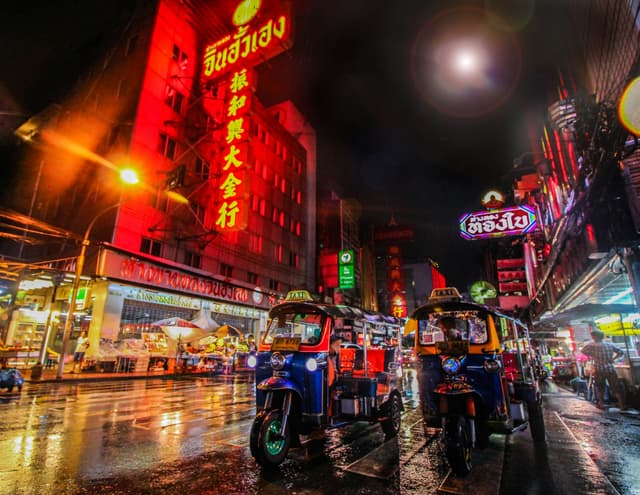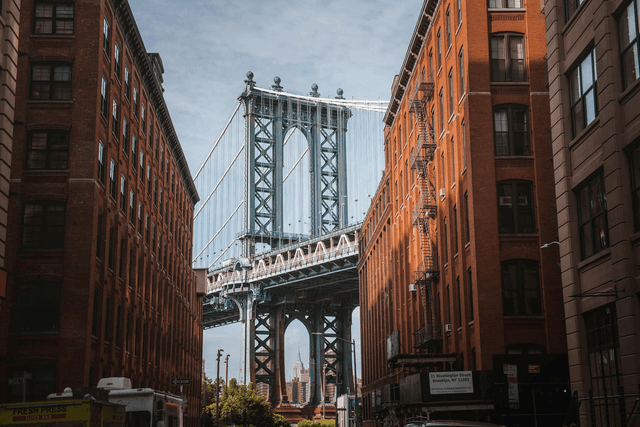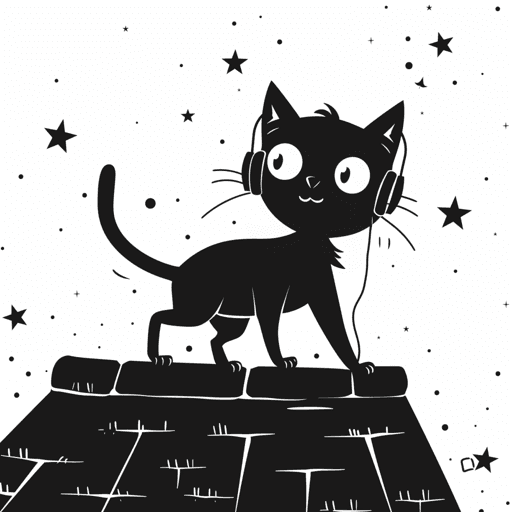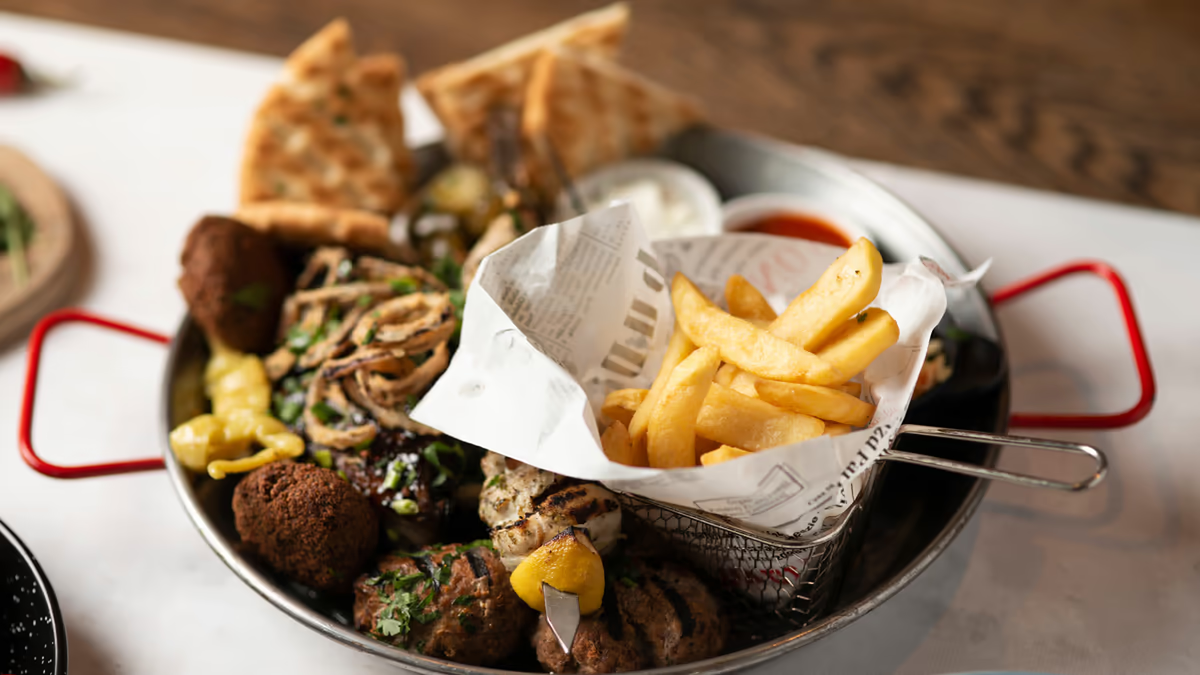Bangkok, Thailand vs. Walk around Brooklyn
Bangkok, Thailand
Bangkok is the capital of Thailand and its biggest city. It sits along the Chao Phraya River in central Thailand, spreading out over a large area with nearly 9 million people living in the city itself and over 17 million in the surrounding region. It’s a place that mixes old traditions with modern life. On one side, you’ve got ancient temples like Wat Pho and Wat Arun, and on the other, you’ve got massive shopping malls and skyscrapers. The city has been around for a long time, starting as a small trading post in the 15th century. It became the capital in 1782 when King Rama I moved it to the eastern bank of the river. Over the years, Bangkok has seen a lot—colonial pressures, modernization, political protests, and economic growth. It really took off in the 1980s and 1990s when foreign companies started setting up shop there. Bangkok is known for being busy and full of life. The streets are packed with cars, motorbikes, and tuk-tuks, which often leads to heavy traffic. Despite effort...
Walk around Brooklyn
Brooklyn, a vibrant borough of New York City, is a melting pot of cultures and history. Known for its diverse neighborhoods, you can explore hipster havens like Williamsburg and Bushwick, stroll through the historic streets of Brooklyn Heights, or savor the multicultural vibes of Sunset Park. From the iconic Brooklyn Bridge and bustling Coney Island to the serene beauty of Prospect Park, Brooklyn offers something for everyone. Its thriving arts scene, with galleries, theaters, and live music venues, makes it a cultural hotspot. Plus, foodies will love the eclectic mix of cuisines available, from artisanal bakeries to authentic ethnic eateries.
Reviews
Reviewed on 2/23/2025
It took me a good few trips to adapt but not I absolutely love this city.
Reviews
| Item | Votes | Upvote |
|---|---|---|
| Delicious street food everywhere | 1 | |
| Very affordable | 1 | |
| World's biggest bazaar | 1 |
| Item | Votes | Upvote |
|---|---|---|
| Not walkable | 1 |
| Item | Votes | Upvote |
|---|---|---|
| Diverse Neighborhoods | 1 | |
| Historic Charm - iconic landmarks and architecture. | 1 | |
| Abundant art, music, and theater scenes | 1 | |
| Numerous parks and recreational areas | 1 | |
| Wide variety of dining options | 1 |
| Item | Votes | Upvote |
|---|---|---|
| Safety can vary significantly between neighborhoods | 1 | |
| Certain areas may feel less safe after dark | 1 |
Frequently Asked Questions
Bangkok is renowned for its delicious street food available everywhere, making it a paradise for food lovers. The affordability of meals adds to its appeal. In contrast, Brooklyn offers a wide variety of dining options, including artisanal bakeries and ethnic eateries, but it may not have the same level of street food culture as Bangkok. Therefore, if street food is a priority, Bangkok may be the better choice.
Both Bangkok and Brooklyn have vibrant cultural scenes, but they differ in focus. Bangkok is known for its mix of ancient traditions and modern life, with festivals and nightlife that reflect its rich history. Brooklyn, on the other hand, is a cultural hotspot with a thriving arts scene, including galleries, theaters, and live music venues. If you prefer a blend of traditional and modern culture, Bangkok may appeal more, while Brooklyn is ideal for contemporary arts and diverse cultural experiences.
Bangkok is a major tourist destination with attractions like the Grand Palace and vibrant markets, making it highly suitable for tourists. The city's unique blend of modernity and tradition attracts millions each year. Brooklyn, while also appealing to tourists, is more of a local experience with its neighborhoods and parks. If you're looking for iconic tourist attractions, Bangkok is likely the better choice, whereas Brooklyn offers a more laid-back, local vibe.
Brooklyn is generally more walkable than Bangkok, with many neighborhoods designed for pedestrians and numerous parks to explore. In contrast, Bangkok is known for its heavy traffic and is not very walkable, which can make getting around challenging. If walkability is a key factor for you, Brooklyn would be the better option.
Pros of Bangkok, Thailand include delicious street food available everywhere, affordability, and being home to the world's biggest bazaar. However, a notable con is that the city is not very walkable, which can make getting around challenging.
Bangkok, Thailand is known for its vibrant culture, bustling street life, and a mix of ancient traditions and modernity. The city features famous landmarks such as the Grand Palace, Wat Pho, and Wat Arun, as well as a lively street food scene and extensive shopping options, including the world's biggest bazaar.
Bangkok has a rich history that dates back to the 15th century when it started as a small trading post. It became the capital of Thailand in 1782 when King Rama I moved it to the eastern bank of the Chao Phraya River. Over the years, Bangkok has experienced significant changes, including colonial pressures, modernization, and economic growth, particularly during the 1980s and 1990s.
Transportation in Bangkok can be challenging due to heavy traffic, with streets often packed with cars, motorbikes, and tuk-tuks. While there have been improvements in public transportation, including skytrains and subways, traffic jams remain a common issue. The city is not very walkable, which can make navigating it more difficult.
Popular attractions in Bangkok, Thailand include the Grand Palace, Wat Pho, and Wat Arun. Tourists also flock to markets like Chatuchak and various floating markets, as well as Khao San Road, which is known for its budget hostels, bars, and street vendors.
The nightlife in Bangkok, Thailand is vibrant and diverse, offering everything from lively bars to well-known red-light districts. The city comes alive at night, providing a range of entertainment options for both locals and tourists.
Pros of walking around Brooklyn include its diverse neighborhoods, historic charm with iconic landmarks and architecture, abundant art, music, and theater scenes, numerous parks and recreational areas, and a wide variety of dining options. However, cons include the fact that safety can vary significantly between neighborhoods and certain areas may feel less safe after dark.
Brooklyn is a unique place to explore due to its vibrant and diverse neighborhoods, such as Williamsburg, Bushwick, and Brooklyn Heights. It offers a mix of historic charm and modern culture with landmarks like the Brooklyn Bridge and Coney Island. The borough is also known for its thriving arts scene, numerous parks, and eclectic dining options, making it a cultural hotspot.
Some must-visit spots in Brooklyn include the iconic Brooklyn Bridge, the bustling Coney Island, the serene Prospect Park, and the historic streets of Brooklyn Heights. Additionally, exploring hipster neighborhoods like Williamsburg and Bushwick and savoring the multicultural vibes of Sunset Park are highly recommended.
While Brooklyn offers many safe areas to explore, safety can vary significantly between neighborhoods. It's important to be aware of your surroundings, especially after dark, as certain areas may feel less safe. Researching and sticking to well-populated and well-lit areas can enhance your safety.
Brooklyn is known for its wide variety of dining options, offering an eclectic mix of cuisines. You can find everything from artisanal bakeries and hip cafes to authentic ethnic eateries representing cultures from around the world. Foodies will particularly enjoy the diverse culinary landscape, ranging from Italian and Chinese to Middle Eastern and Mexican cuisine.
Related Content & Alternatives
- 3
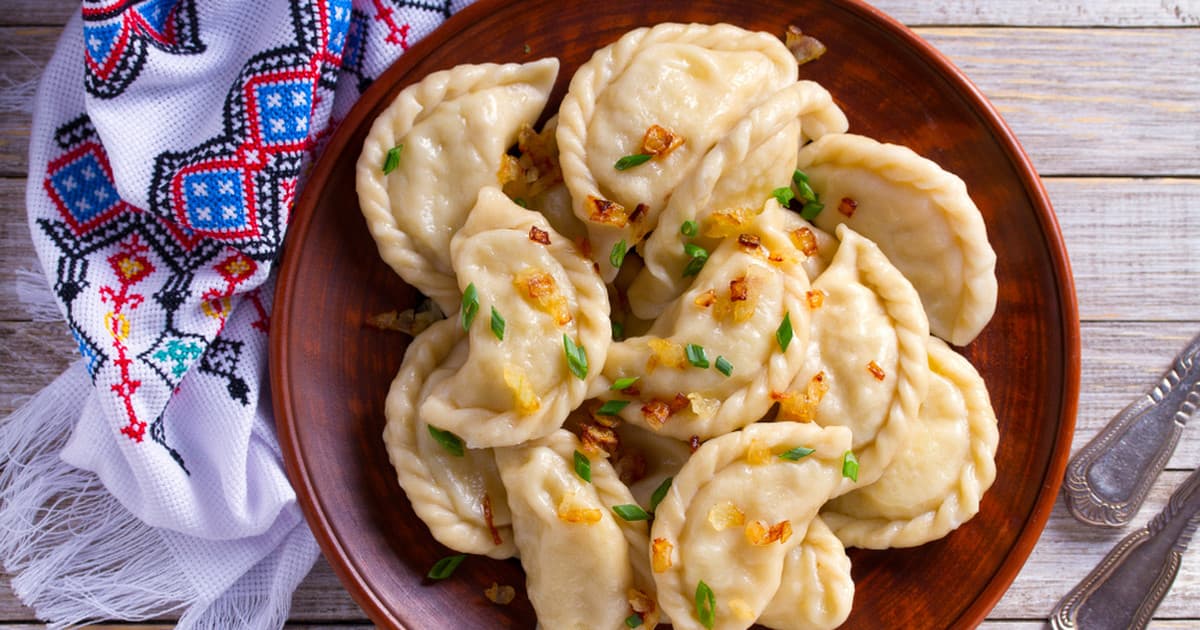 1.Polish Cuisine
1.Polish CuisinePolish cuisine is all about comfort, rich flavors, and tradition. It’s the kind of food that sticks to your ribs, perfect for long winters and big family gatherings. Think hearty soups, meat-heavy dishes, and a lot of potatoes, cabbage, and bread. Pierogi are probably the most famous Polish dish—soft dumplings filled with anything from potato and cheese to meat, mushrooms, or sweet fruits. Then there’s bigos, a slow-cooked hunter’s stew packed with sauerkraut, fresh cabbage, sausage, and sometimes even wild game. It’s the kind of dish that gets better the longer it sits. If you like schnitzel, you’ll love kotlet schabowy, a breaded pork cutlet usually served with mashed potatoes and pickled cucumber salad. And for something truly Polish, there’s żurek—a sour rye soup with sausage and egg, often served in a bread bowl. Poland is also big on fermented foods like ogórki kiszone (pickled cucumbers) and kapusta kiszona (sauerkraut), which add a tangy kick to meals. And if you have a sweet tooth, Polish desserts won’t disappoint—pączki (fluffy doughnuts filled with rose jam), sernik (a dense cheesecake), and makowiec (a poppy seed roll) are just the start. To wash it all down? Vodka, of course. Poland has been perfecting it for centuries. But if you prefer something milder, there’s always hot tea with lemon or kompot, a homemade fruit drink. Polish food is all about big portions, simple ingredients, and bold flavors. It’s the kind of cooking that makes you feel at home, no matter where you’re from.
- 3
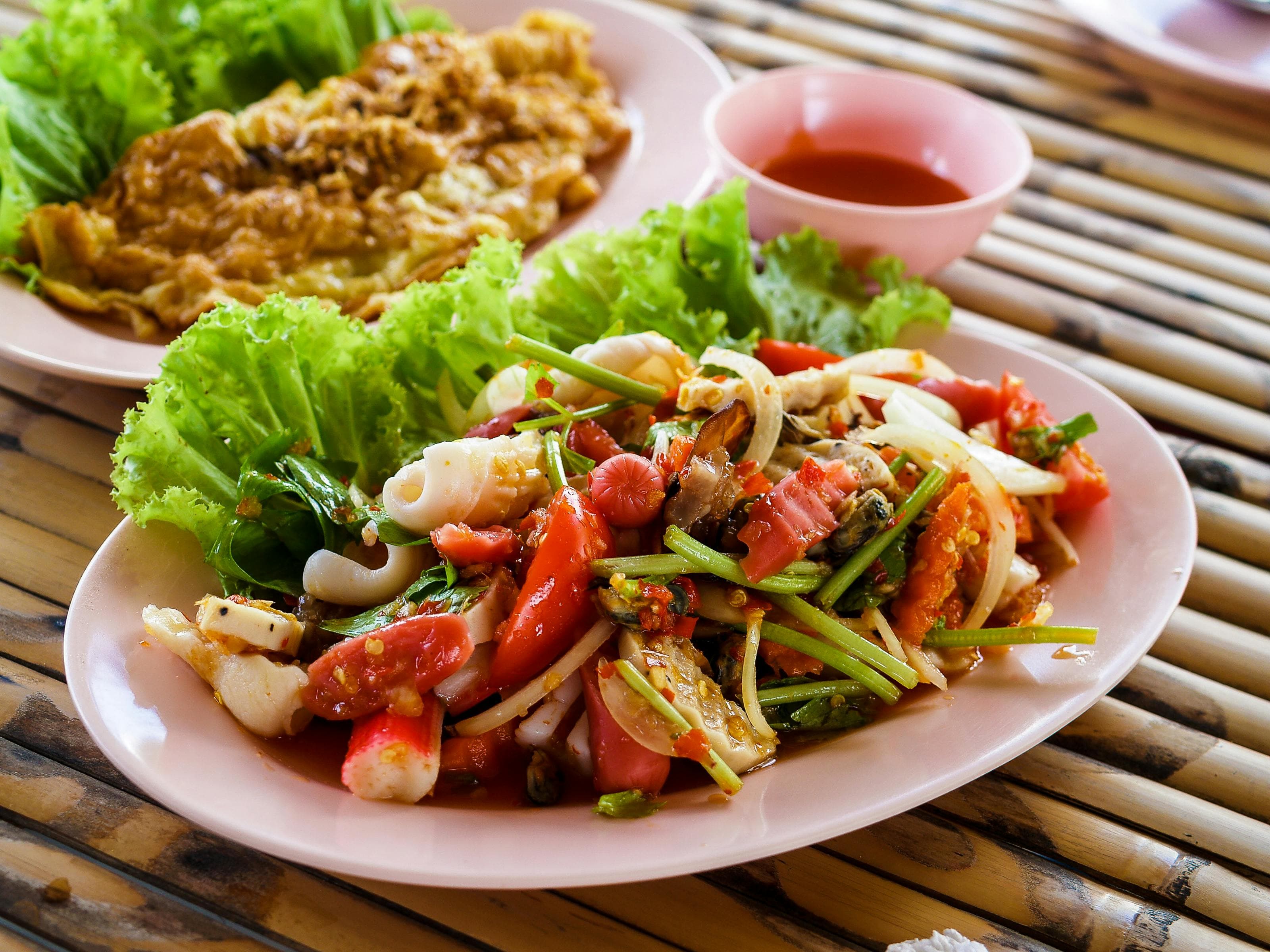 2.Thai Cuisine
2.Thai CuisineThai cuisine is all about bold flavors, fresh ingredients, and a balance of sweet, sour, salty, bitter, and spicy tastes. Every meal feels like a mix of contrasts that somehow just works. You’ve got fragrant herbs like lemongrass, Thai basil, and kaffir lime leaves, paired with staples like fish sauce, chili, and coconut milk. Rice is at the heart of it all—jasmine rice is common in central and southern Thailand, while sticky rice rules up north and in the northeast. Meals are usually shared. There’ll be a spread of dishes—maybe a curry, a stir-fry, a soup, and a salad—all eaten with rice in the middle. The idea is to balance flavors across the meal rather than in just one dish. You might get the rich creaminess of massaman curry alongside the sharp, spicy crunch of som tam (green papaya salad) and the comforting warmth of a clear broth like tom yum. Street food is a huge part of everyday life. Walk down any road and you’ll find vendors grilling skewers of marinated meat, tossing noodles in sizzling woks, or dishing up hot bowls of noodle soup. Grab a plate of pad Thai, a bag of fried chicken with sticky rice, or a steaming bowl of boat noodles from a floating market. And if you’ve got a sweet tooth, there’s mango sticky rice, coconut-based desserts, and crispy pancakes filled with sweet custard. Different regions have their own twist. In the north, dishes like khao soi—a curry noodle soup topped with crispy noodles—are popular, while the northeast (Isan) is known for grilled meats, sticky rice, and punchy salads. Down south, expect fiery curries with plenty of coconut milk and fresh seafood. Even breakfast can be exciting—sometimes just rice and an omelet, other times noodle soups or patongko (Thai donuts) with sweetened condensed milk. No matter where you go in Thailand, the food is vibrant, flavorful, and often made to be enjoyed with others. It’s comforting, lively, and always about that perfect mix of flavors.
- 1
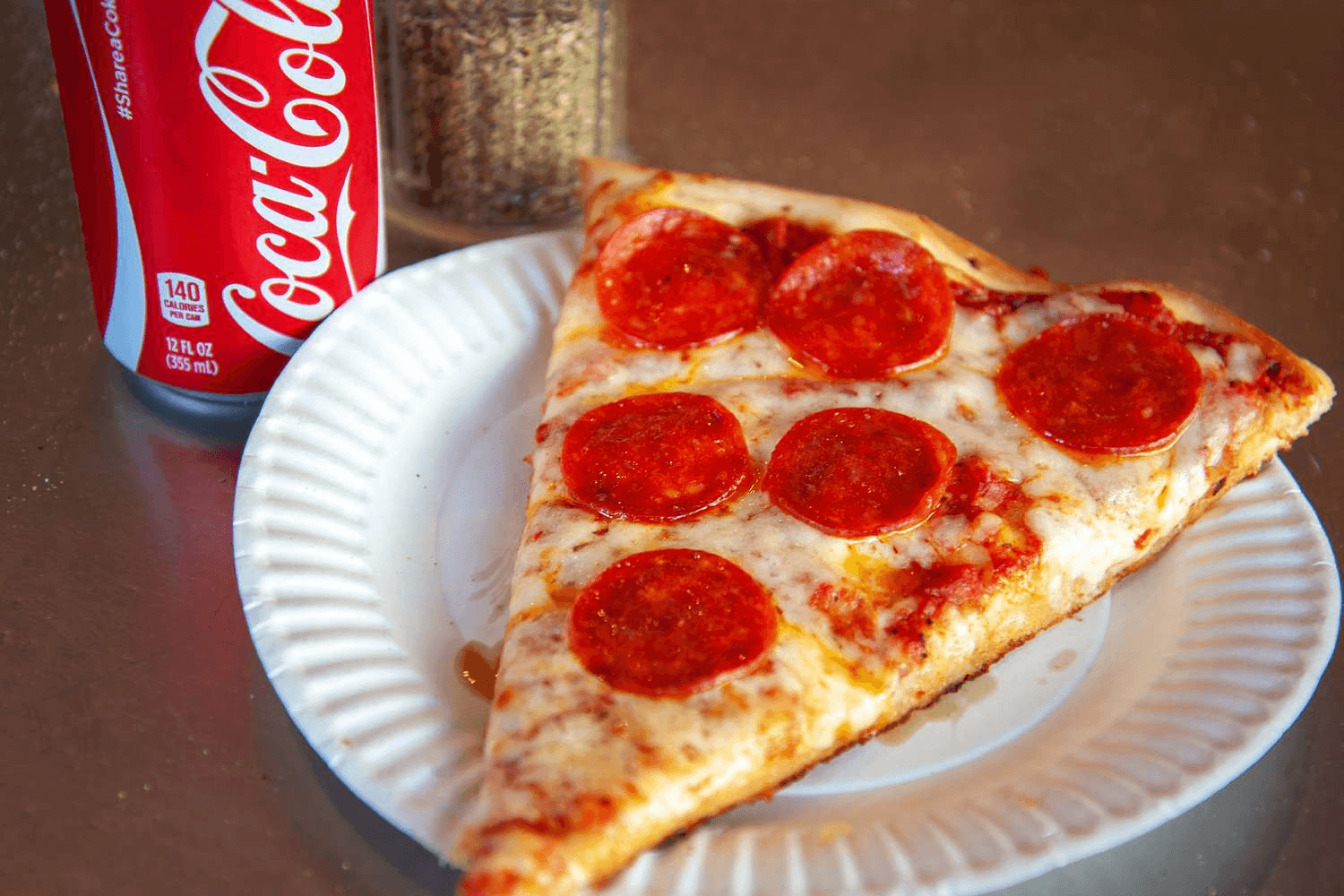 1.Have a $1 pizza slice
1.Have a $1 pizza sliceEver since the 2008 Great Recession, $1 pizza slices have been popping up all over Manhattan. Now, there are over 80 spots in New York where you can grab a quick, cheap, and surprisingly good slice. People love them because they’re convenient, filling, and easy on the wallet. Whether you're in a rush, short on cash, or just craving some no-fuss pizza, these dollar slices are a go-to for many New Yorkers and visitors alike.
- 1
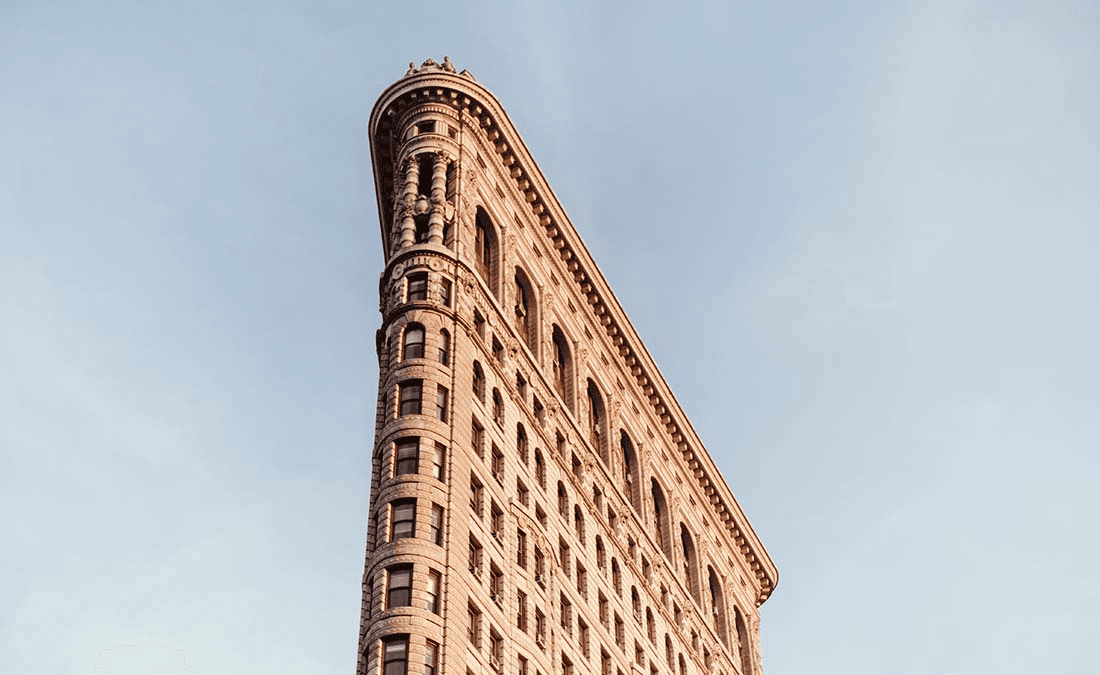 2.See the Flatiron Building
2.See the Flatiron BuildingA visit to New York City isn't complete without seeing the iconic Flatiron Building. Built in 1902, this 22-story, triangular skyscraper sits at the intersection of Fifth Avenue and Broadway. Known for its unique shape that resembles a cast-iron clothes iron, it's a favorite among tourists and photographers. The Flatiron anchors the vibrant Flatiron District and has been a National Historic Landmark since 1989. Its distinctive Renaissance Revival architecture makes it a standout in Manhattan's skyline. Perfect for a quick photo-op or a leisurely stroll around the neighborhood!
- 1
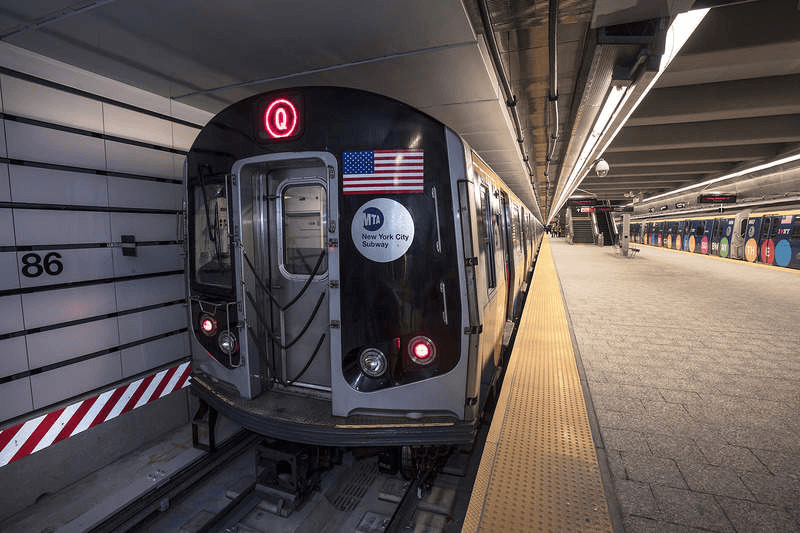 4.Ride the New York Subway
4.Ride the New York SubwayThe New York City Subway is more than just a mode of transportation—it's a symbol of the city's hustle and bustle, immortalized in countless films, TV shows, and songs. From the romantic encounters in "Before We Go" to the intense chase scenes in "The Taking of Pelham 123," the subway has been the backdrop for some of cinema’s most memorable moments. TV series like "Gossip Girl" and "Jessica Jones" often depict the subway as a central part of New York life, while Jay-Z’s "Empire State of Mind" and Billy Joel’s "New York State of Mind" celebrate the spirit of the city that never sleeps. And who can forget Spider-Man's iconic battles, like the unforgettable train fight scene in "Spider-Man 2," showcasing the subway as an integral part of New York's landscape and its superhero lore.
- 1
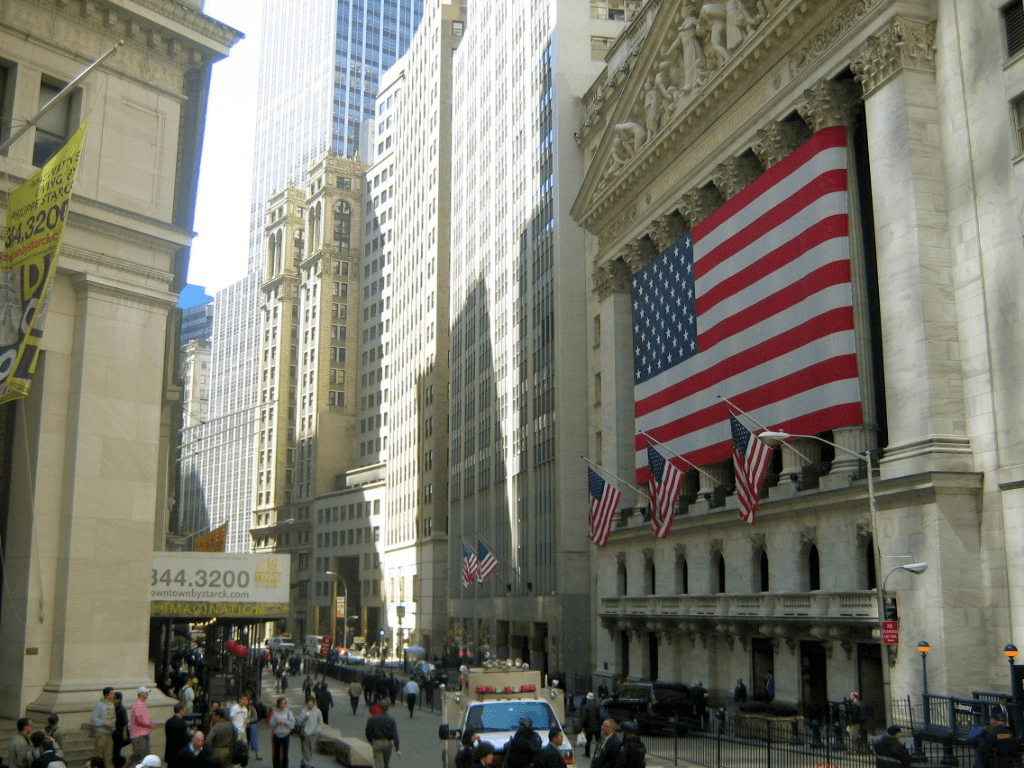 5.Visit Wall Street
5.Visit Wall StreetWall Street, located in the Financial District of Lower Manhattan, is not just the heart of America's financial industry but also a cultural landmark deeply woven into the fabric of New York City. It's famous for being the epicenter of financial markets, home to the New York Stock Exchange (NYSE) and several other major financial institutions. This iconic street has been depicted in numerous movies and TV shows, such as "The Wolf of Wall Street," "Trading Places," and "Billions," symbolizing both the allure and pitfalls of high finance.
- 1
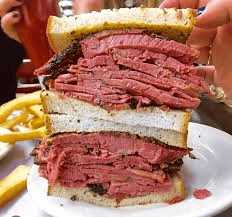 6.Have the classic pastrami sandwich at Katz's Delicatessen
6.Have the classic pastrami sandwich at Katz's DelicatessenKatz's Delicatessen, located on the Lower East Side of Manhattan, is a New York City icon famous for its classic pastrami sandwich. Established in 1888, Katz's has been serving up delicious deli fare for over a century, becoming a beloved spot for both locals and tourists. This legendary eatery gained pop culture fame from the film "When Harry Met Sally," where the unforgettable "I'll have what she's having" scene was filmed.
- 3
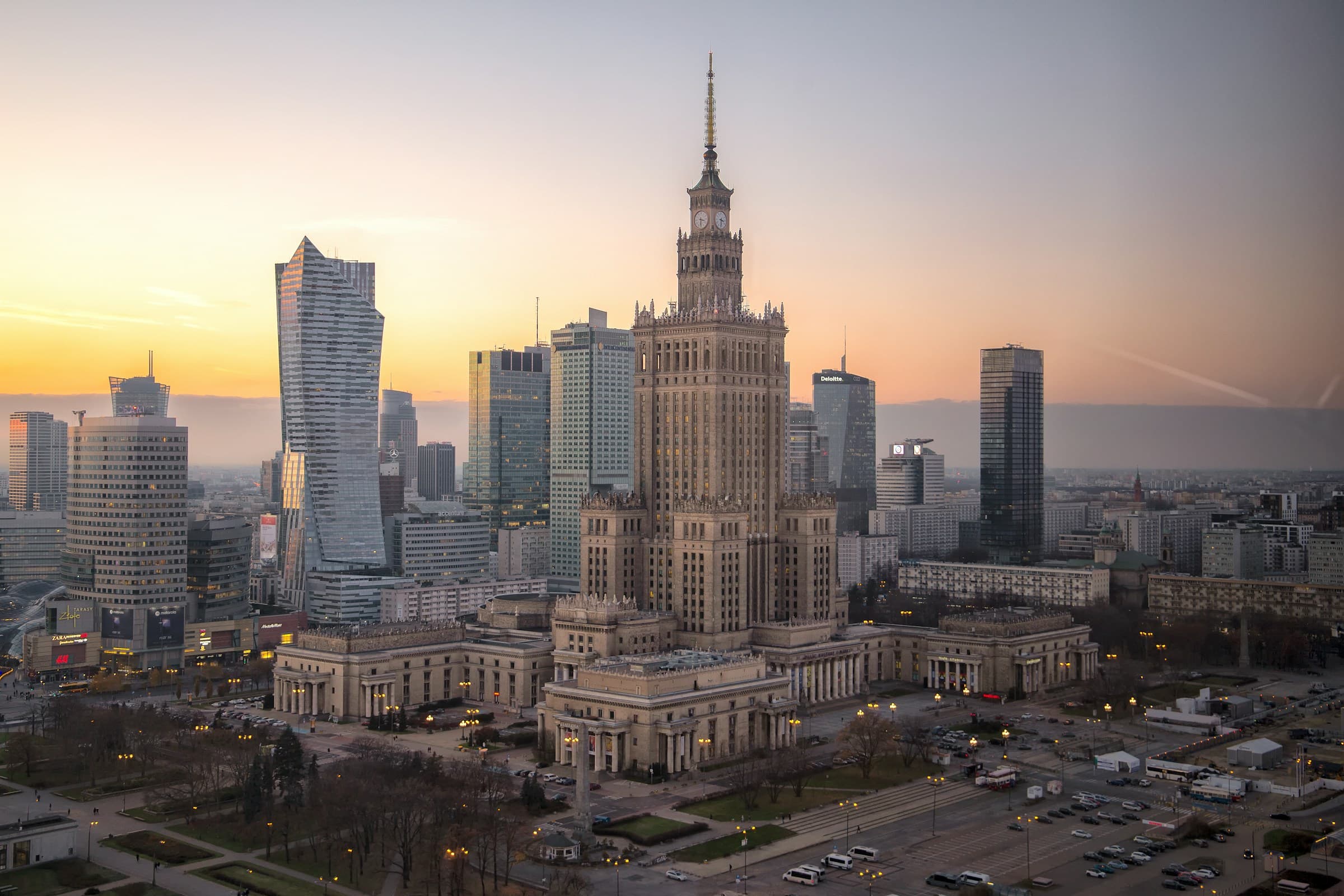 1.Warsaw, Poland
1.Warsaw, PolandWarsaw is the capital of Poland, sitting on the Vistula River in the east-central part of the country. With nearly 1.9 million people in the city and over 3 million in the wider metropolitan area, it’s Poland’s biggest city. It’s a place where old and new collide—modern skyscrapers stand next to rebuilt historic districts, and its skyline is a mix of glass towers and ornate churches. The Old Town, destroyed in World War II and painstakingly rebuilt, is now a UNESCO World Heritage Site. Walking through its cobblestone streets, you’ll find the Royal Castle and the colorful Market Square. Not far off is the Royal Route, a stretch of old palaces, churches, and the Presidential Palace, leading down to the grand Wilanów Palace and its gardens. Despite the scars of war—most of the city was flattened during WWII—Warsaw bounced back fast. The post-war communist era left a mark with grey apartment blocks and the towering Palace of Culture and Science, a gift from the Soviet Union that’s still one of the tallest buildings in Poland. Now, Warsaw’s business district is full of sleek glass skyscrapers, including the Varso Tower, the tallest in the EU. Green spaces are everywhere. Łazienki Park, home to peacocks and the Chopin monument, is a popular spot for Sunday strolls. The Vistula Riverbanks are packed with bars and cycling paths in summer. Even with its urban sprawl, about a quarter of the city is covered by parks and forests. Warsaw’s history is complicated. It was once a cultural melting pot, with a large Jewish community before the Holocaust. The city remembers that past with places like the POLIN Museum and the remnants of the Warsaw Ghetto. It also honors its wartime resistance, especially the 1944 Warsaw Uprising, with monuments and the powerful Uprising Museum. The city’s cultural life is rich. It hosts jazz festivals, classical concerts (especially anything Chopin-related), and has a buzzing nightlife. Food-wise, you’ll find everything from traditional Polish pierogi and hearty soups to modern vegan spots and Michelin-starred restaurants. There’s even a strong café culture, with old-school spots alongside trendy coffee bars. Weather in Warsaw is typical for Central Europe—cold, snowy winters and warm, sometimes stormy, summers. Spring and autumn can be mild and pleasant, though the weather can change quickly. In short, Warsaw is a city of contrasts. It’s got a tragic past but a vibrant present, blending historic charm with modern energy. Whether you’re wandering through its parks, exploring museums, or sipping coffee along the river, there’s plenty to take in.
- 0
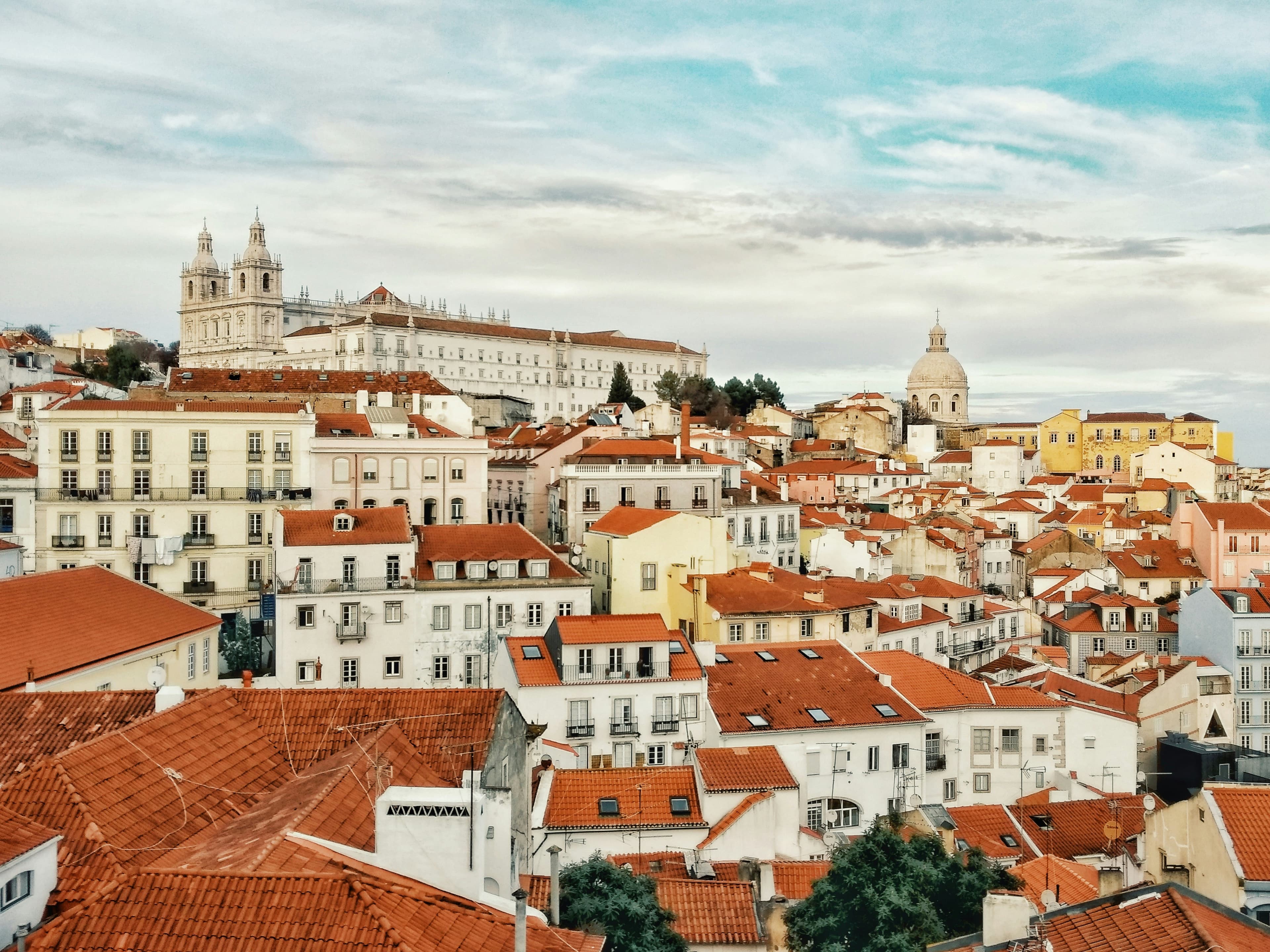 3.Lisbon, Portugal
3.Lisbon, PortugalLisbon sits on the western edge of Europe, right where the Tagus River meets the Atlantic Ocean. The city is built on a series of hills, which gives it sweeping views of red-tiled rooftops, cobbled streets, and the water beyond. Walking around, you’ll notice how the narrow lanes twist and turn, especially in neighborhoods like Alfama, where clotheslines stretch between buildings and the smell of grilled sardines lingers in the air. It’s a place where old and new blend together. You’ll find trams from the early 20th century rattling through streets, while modern glass buildings rise up in other parts of town. Down by the river, the Belém Tower and Jerónimos Monastery, both from the Age of Discovery, remind you that Portuguese explorers once set out from this very spot. Lisbon gets plenty of sunshine—nearly 3,000 hours a year. Summers are warm and dry, while winters stay cool and damp, but not too cold. Along the riverbanks, locals sit at cafés, sipping coffee or wine, while ferry boats glide across the water. Economically, Lisbon is Portugal’s hub, with banking, tech companies, and tourism bringing in most of the money. There’s a steady flow of visitors, drawn by the mild weather, historic sites, and laid-back vibe. Despite the city’s modernization, many residents struggle with rising living costs, especially with the influx of tourists and expats driving up housing prices. Culturally, the city is rich. Fado music echoes from small bars, and street art colors many walls. Markets buzz with fresh produce and seafood. People here celebrate Saint Anthony’s festival in June with street parties, music, and grilled sardines everywhere you look. Getting around is easy enough. There’s an extensive metro system, old-school trams, buses, and even ferries to cross the river. And if you fancy a bit of green space, parks like Eduardo VII Park or Monsanto Forest Park offer a break from the city streets. In short, Lisbon is a city that wears its history proudly but doesn’t mind embracing the modern world. It’s got a relaxed pace, friendly locals, and a charm that’s hard to shake.
- 3
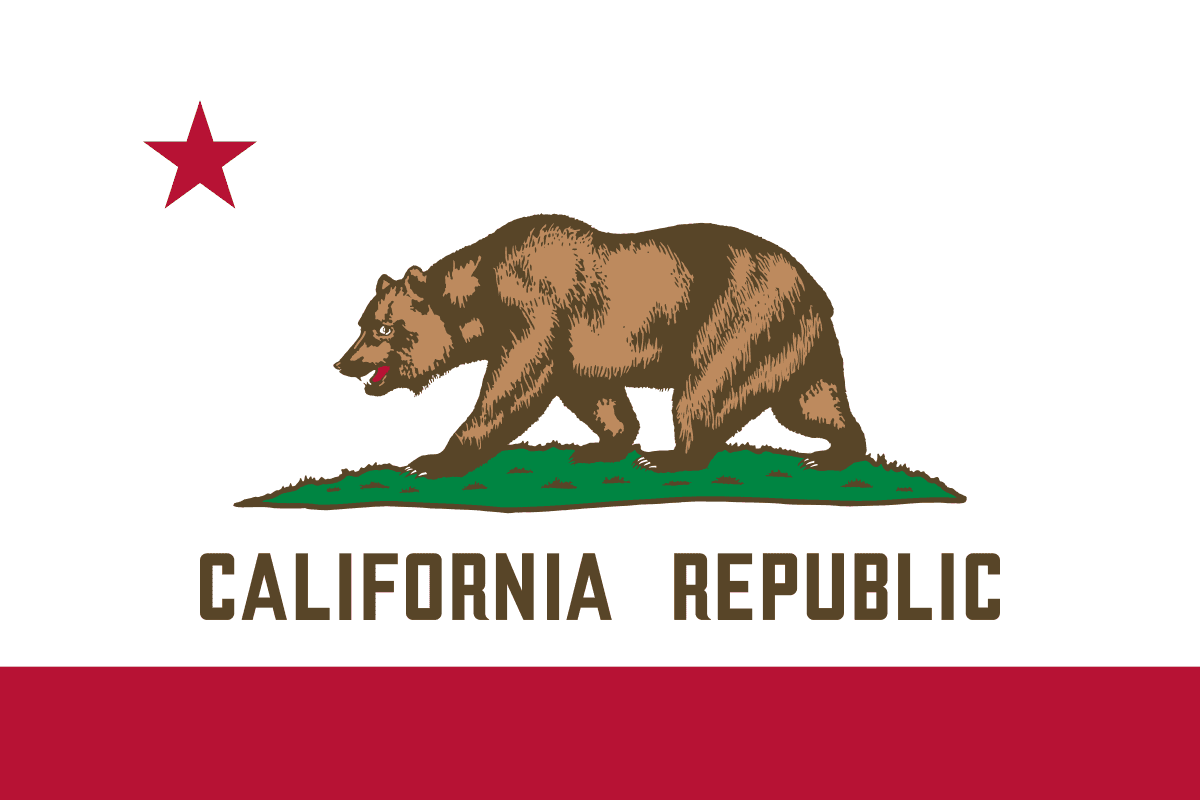 2.California
2.CaliforniaThe Golden State. Home to Hollywood and the Silicon Valley. Produces 80% of the world's almonds. What a great state. Although these days its major cities of Los Angeles and San Francisco are full of drug addicts who poop in the streets. That's too bad :(
- 1
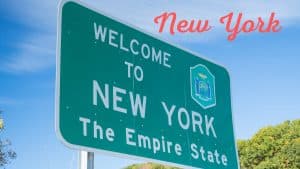 7.New York
7.New YorkHome of NYC and Niagara Falls. There is no city like NYC, and you're just a train ride away from the beautiful Hudson Valley.
- 3
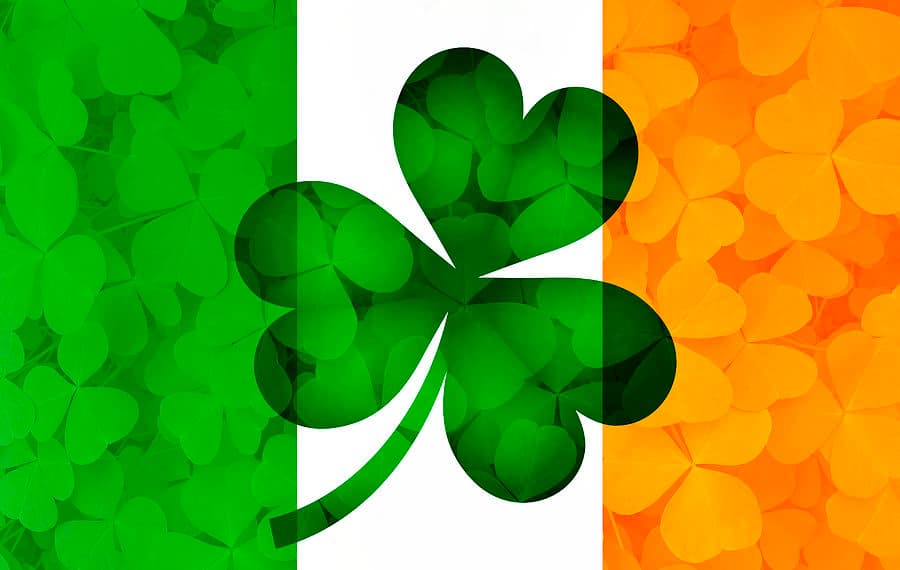 1.Ireland
1.IrelandIreland is a small country with a big presence. Its capital, Dublin, is a lively city known for its mix of history, culture, and modern energy. Walk through the streets and you’ll find Georgian buildings, contemporary architecture, and plenty of places to hear live music or have a chat over a coffee—or a pint. The country has changed a lot over the past few decades. Once more rural and conservative, modern Ireland is progressive and increasingly diverse. It's known for its strong economy, driven in part by tech and finance companies that have set up shop in Dublin. But away from the business districts, life moves at a slower pace, especially in smaller towns and the countryside. Culture runs deep. Ireland has long punched above its weight in literature, music, and the arts. Writers like James Joyce and W.B. Yeats are still celebrated, but contemporary authors, filmmakers, and musicians continue to make their mark. Traditional Irish music hasn’t faded—it just sits comfortably alongside modern genres, often blending with them in interesting ways. Dance, especially the kind popularized by Riverdance, remains part of the cultural fabric without feeling forced or overly nostalgic. Food in Ireland has shifted from its meat-and-potatoes reputation. While hearty stews and fresh-baked bread are still common, there’s been a focus on fresh, local ingredients and creative cooking. In coastal areas, you’ll find top-quality seafood, and farmers' markets are popular across the country. Sport plays a big part in daily life. Gaelic games like football and hurling are uniquely Irish and deeply connected to local pride, but people follow soccer, rugby, and golf with just as much enthusiasm. While Ireland’s landscape is famous—green fields, dramatic coastlines, and rugged hills—it’s not just postcard scenery. Many people live in suburban areas, and the country has seen growing urban development. Still, nature is never far away. Ireland’s recent history includes both economic highs and lows, as well as major social changes. The country has legalized same-sex marriage, eased restrictions on abortion, and shifted away from the strong influence of the Catholic Church. Yet, traditional values like community and hospitality haven’t disappeared—they’ve just adapted to a changing world. At its core, Ireland is a place that blends the old with the new. It’s a country where centuries-old traditions coexist with modern ideas, where the past is present but doesn’t overshadow the future.
- 2
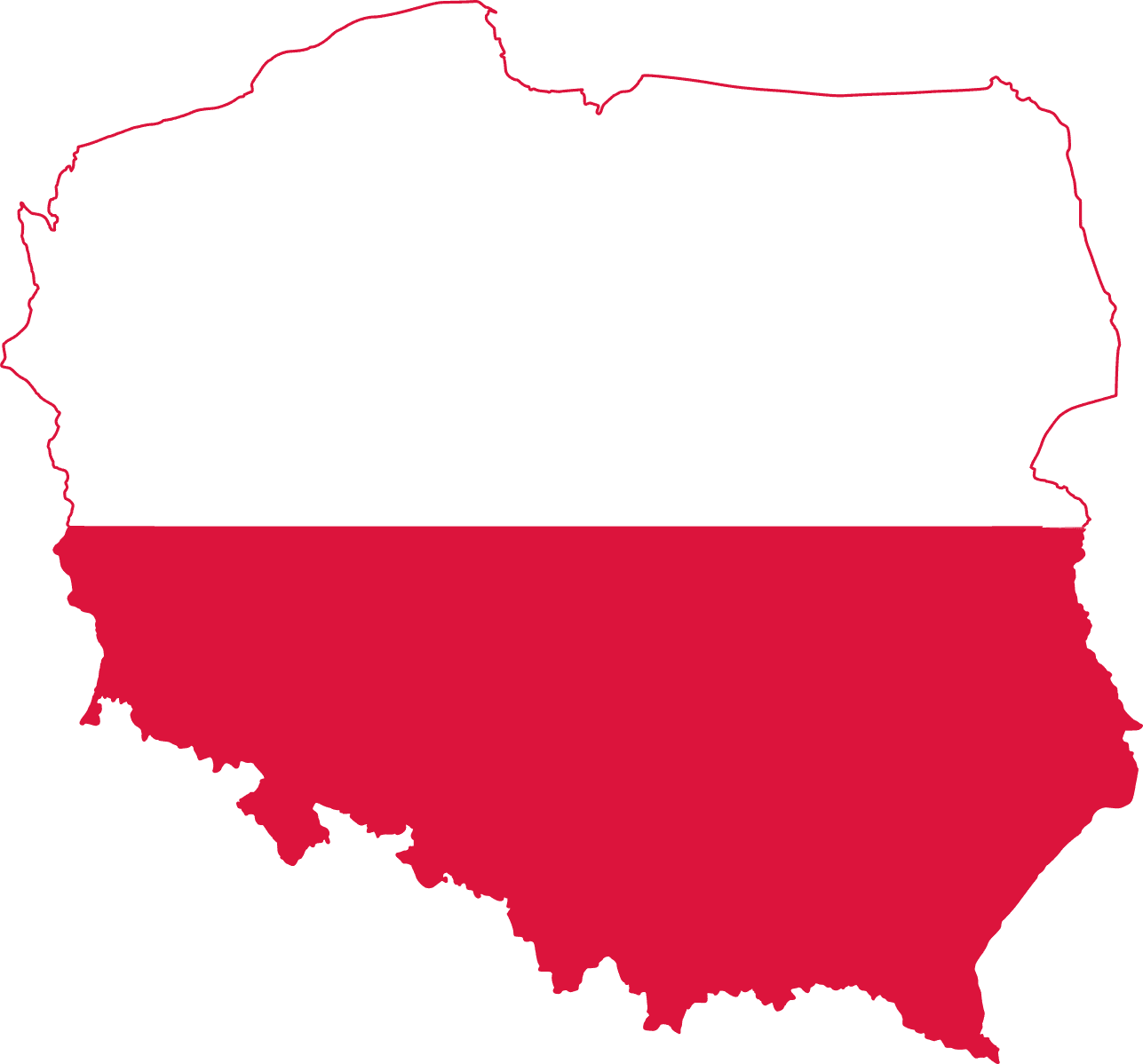 2.Poland
2.PolandPoland sits in Central Europe, stretching from the Baltic Sea in the north to mountains in the south. It shares borders with Germany to the west, Lithuania and Russia to the northeast, and several other countries along the east and south. Its landscape is a mix—flat plains in the center and north, and hilly or mountainous areas in the south. The coastline along the Baltic Sea is known for sandy beaches and coastal ridges. Inland, there are thousands of lakes, especially in the northeast, and big rivers like the Vistula and Oder cut across the land. The weather is temperate. Summers are warm, winters moderately cold. Rain tends to fall more during the summer months, and winters are becoming drier over time. Poland has deep roots in European history. It became a kingdom in 1025, later forming a powerful union with Lithuania. The Polish–Lithuanian Commonwealth was once one of Europe’s biggest states, with a unique political system. Poland's fortunes shifted in the late 18th century, when its neighbors carved it up, erasing it from maps for over a century. It re-emerged after World War I, only to be invaded at the start of World War II—a conflict that brought devastation and the horrors of the Holocaust. After the war, Poland fell under Soviet influence, but by 1989, it was the first Eastern Bloc country to shake off communism, thanks largely to the Solidarity movement. Today, Poland is a democratic country with a population of over 38 million. Warsaw, the capital, is the largest city. Others like Kraków, Gdańsk, and Wrocław are known for historic centers and vibrant culture. The economy is strong, with Poland being one of the larger economies in the European Union. Nature lovers come for places like the Tatra Mountains or the ancient Białowieża Forest, home to Europe’s largest land mammal—the European bison. There are 23 national parks, and over 17 sites are recognized as UNESCO World Heritage locations, from medieval town squares to the haunting Auschwitz-Birkenau memorial. Culturally, Poland has a rich tradition of music, literature, and art. Composer Frédéric Chopin and novelist Joseph Conrad both came from here. More recently, Poland’s fantasy literature, like Andrzej Sapkowski’s The Witcher series, has found global fame. Polish cuisine is hearty, with dishes like pierogi (dumplings), bigos (a cabbage and meat stew), and żurek (sour rye soup). Vodka has its roots here, but beer and wine are also popular. Sports are big in Poland—football (soccer) is a national passion, though volleyball and speedway racing attract large crowds too. The country also boasts top tennis players like Iga Świątek and mountaineers who’ve climbed the world’s highest peaks. Despite its complicated past, Poland today balances its historical heritage with modern growth. Old town squares sit beside new buildings, and traditions are kept alive alongside a fast-developing economy and infrastructure.
- 1
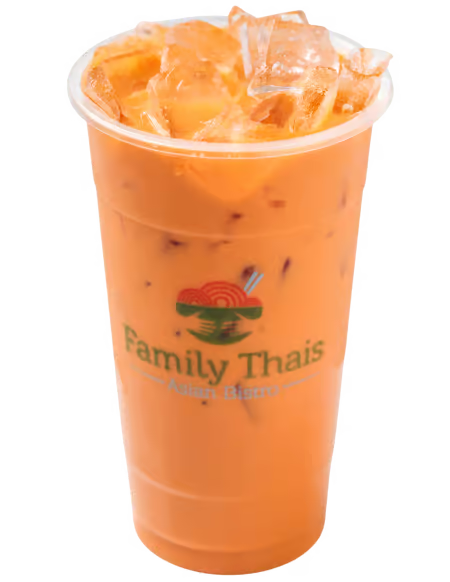 5.Thai Tea
5.Thai TeaThai tea is a sweet, creamy drink made from strong black tea, usually Ceylon or a local version of Assam. It’s brewed with sugar and often flavored with condensed milk, giving it that rich, smooth taste and signature orange color. When served cold, it’s poured over ice, sometimes with a splash of evaporated milk on top for that creamy swirl. In Thailand, you’ll find it in tall glasses at restaurants or in plastic cups or bags from street vendors. Some places even turn it into a blended drink, like a frappé. There are variations too—like a version without milk called “dark Thai iced tea,” or one with lime for a citrusy kick. People drink it hot in the mornings as well, often with fried dough sticks.
- 2
 1.Philippine Airlines
1.Philippine AirlinesMy flight from Bangkok to Los Angeles was completely packed and the seats were tiny. This is arguably not the airline's fault but the layover in Manila was one of the worst I've had. You are herded from one queue to another for hours, surrounded by a crowd of people at all times.
- 1
 2.ThaiPod101's Live YouTube Channel
2.ThaiPod101's Live YouTube ChannelLearning a new language is hard, you need a lot of repeated exposure to the same words to make them stick. Here's the trick I use. I open ThaiPod101's live channel and let it run in the background while I do something else. For example, I can have it open while cooking dinner or tidying up. Even if I look at the screen only occasionally, I still get the benefits of being repeatedly exposed to Thai vocabulary. This works particularly well in combination with other learning methods. If you have a smart TV or a Chromecast, you can even play it on your TV instead of regular TV channels. The channel runs 24/7 and replays ThaiPod101 lessons.
- 1
 3.Italki
3.ItalkiItalki is a platform connecting language teachers, mostly native speakers, with students. You can book, pay, and schedule your classes directly through their website. The classes are one on one, just you and the teacher, and conducted over a video call. I used Italki successfully before going to Thailand for the first time. My wife who is Thai gave me an Italki gift card. There are plenty of teachers to chose from and the rates are affordable. You'll pay anywhere from $10 to about $20 for a class.
- 2
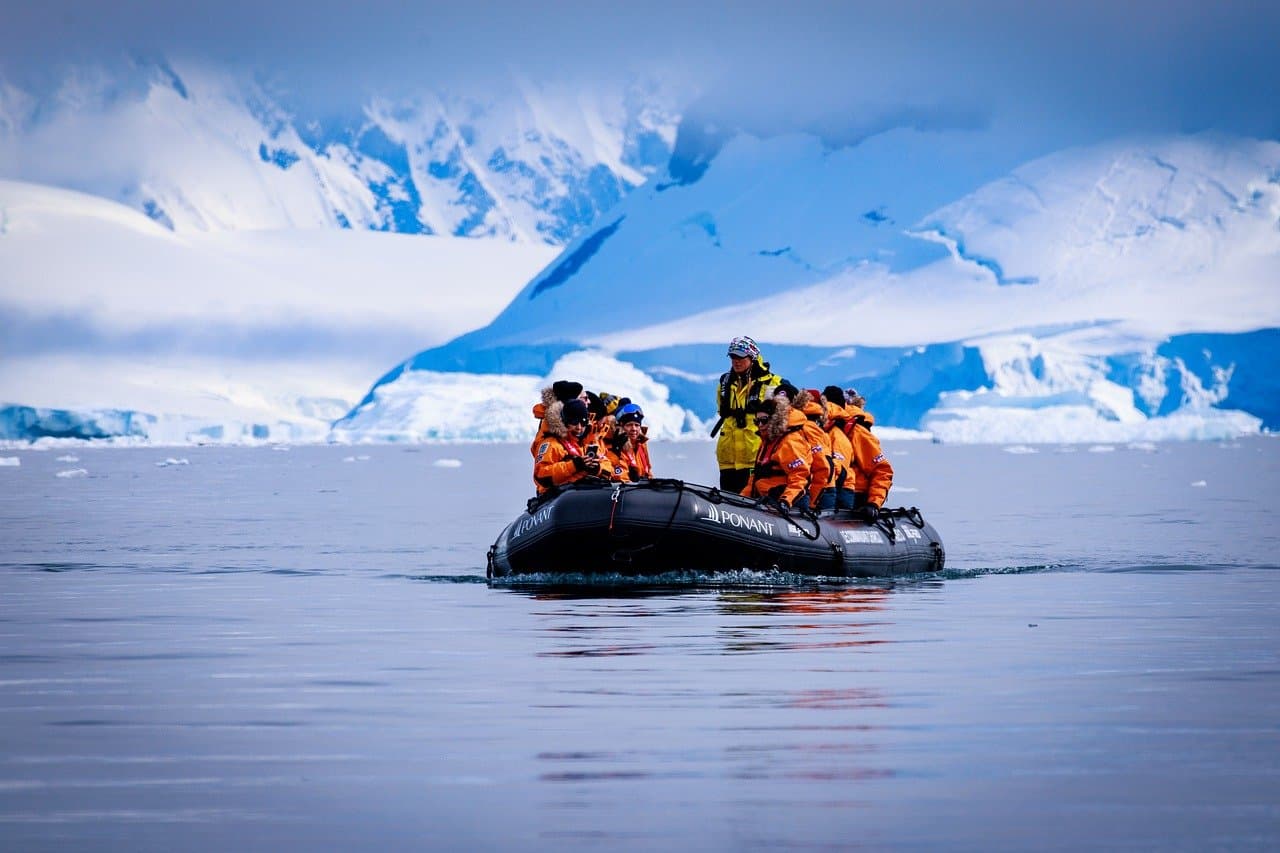 1.Antarctic Cruise
1.Antarctic CruiseAntarctica remains one of the least-visited places on Earth due to its remoteness and challenging environment. An Antarctic cruise offers adventurers unique, pristine landscapes, abundant wildlife (penguins, seals, whales), exciting activities (kayaking, hiking, camping) in one of the world's most remote locations.It's an adventure few others have experienced!
